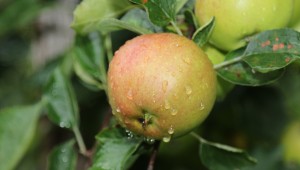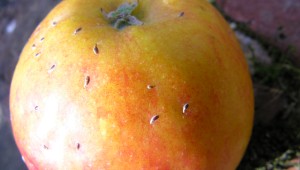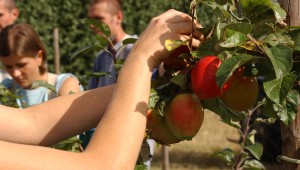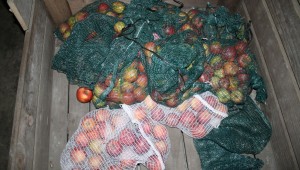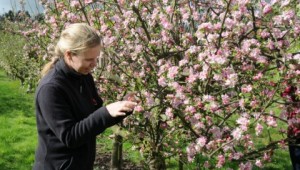Apple Best Practice Guide
Welcome to the Apple Best Practice Guide
Originally funded and hosted by AHDB, on the dissolution of AHDB Horticulture in 2021 NIAB took over the hosting of the Guide, including updating it when new information and research becomes available. The current version was produced by Prof. Jerry Cross, Dr Angela Berrie and David Johnson (formerly East Malling Research and now NIAB), Tim Biddlecombe (FAST Ltd), Dr David Pennell (Ellis Pennell Consulting) and Dr Martin Luton and Caroline Ashdown (Worldwide Fruit/Qualytech). NIAB is indebted to all the contributors for the considerable time and expertise they dedicated to completing the revised guide across the years.
Maintaining the Guide
As new information from the latest research projects on apple comes to light, along with changes to agrochemical approvals, the guide will be periodically up-dated. However, whilst information in this guide has been prepared from the best available sources, neither the authors, nor NIAB can accept responsibility for inaccuracy or liability for any loss or damage (direct or indirect) from the application of any concept or procedure mentioned. No part of this publication may be copied or reproduced in any form or by any means without the prior permission of NIAB.
© NIAB


